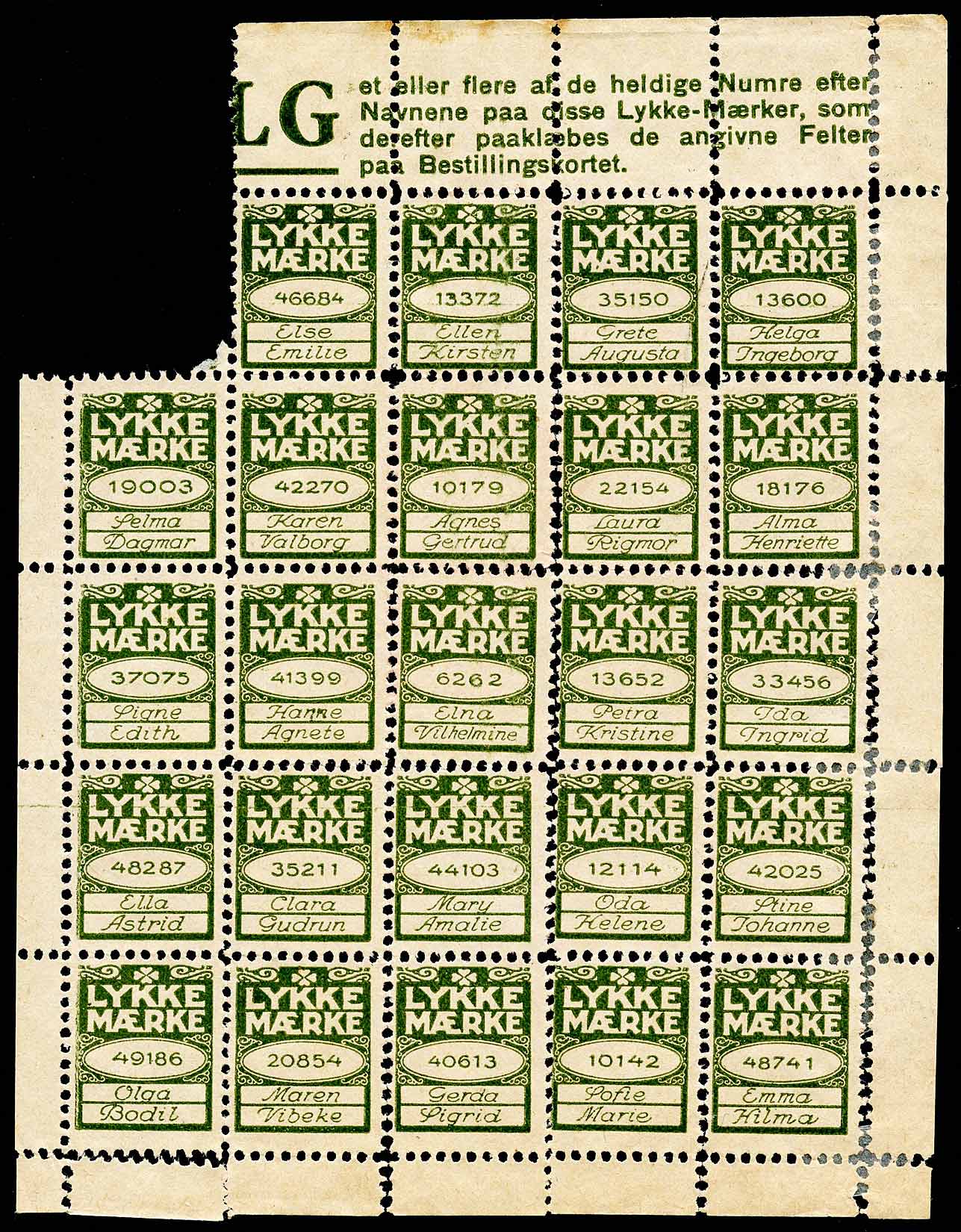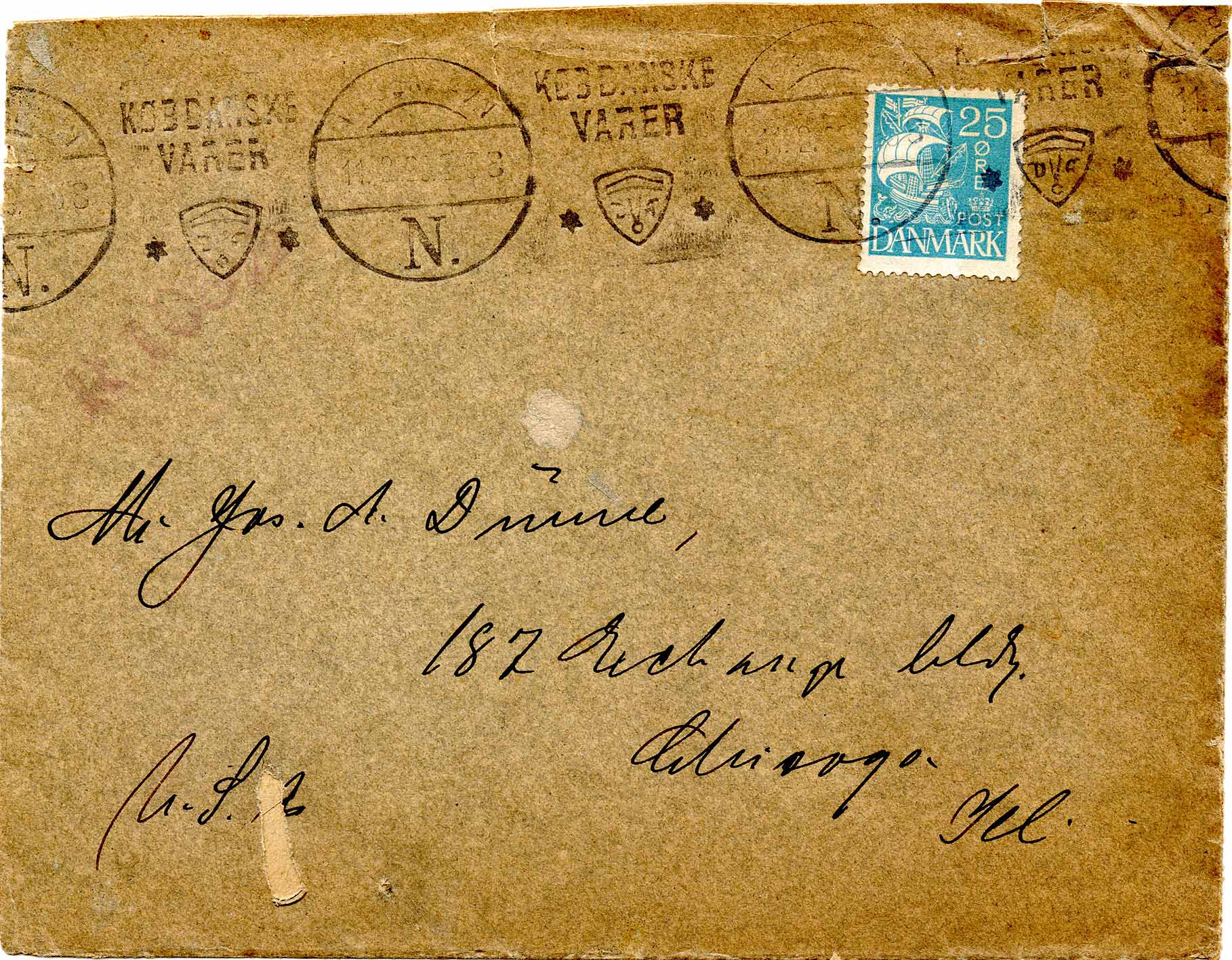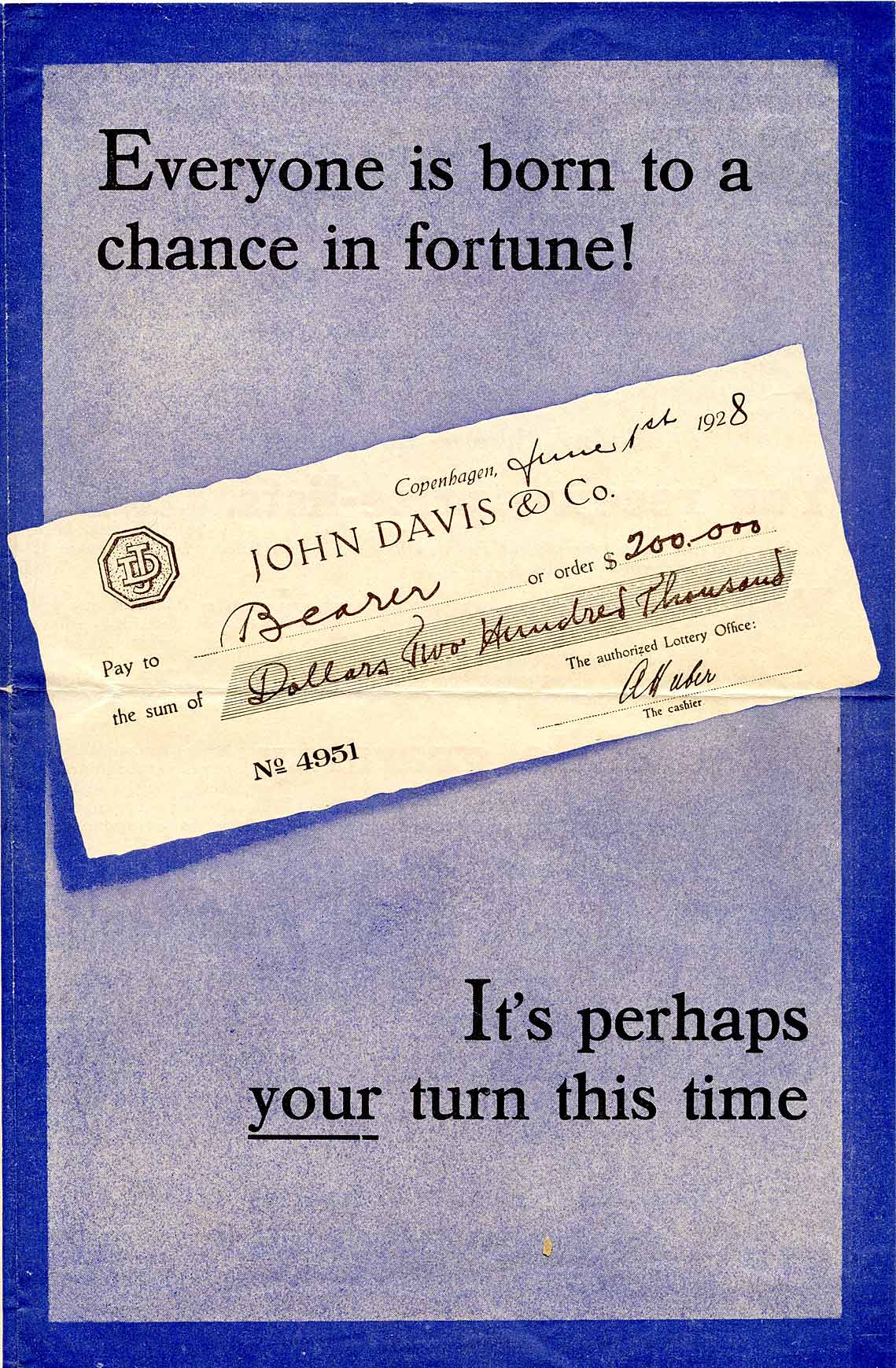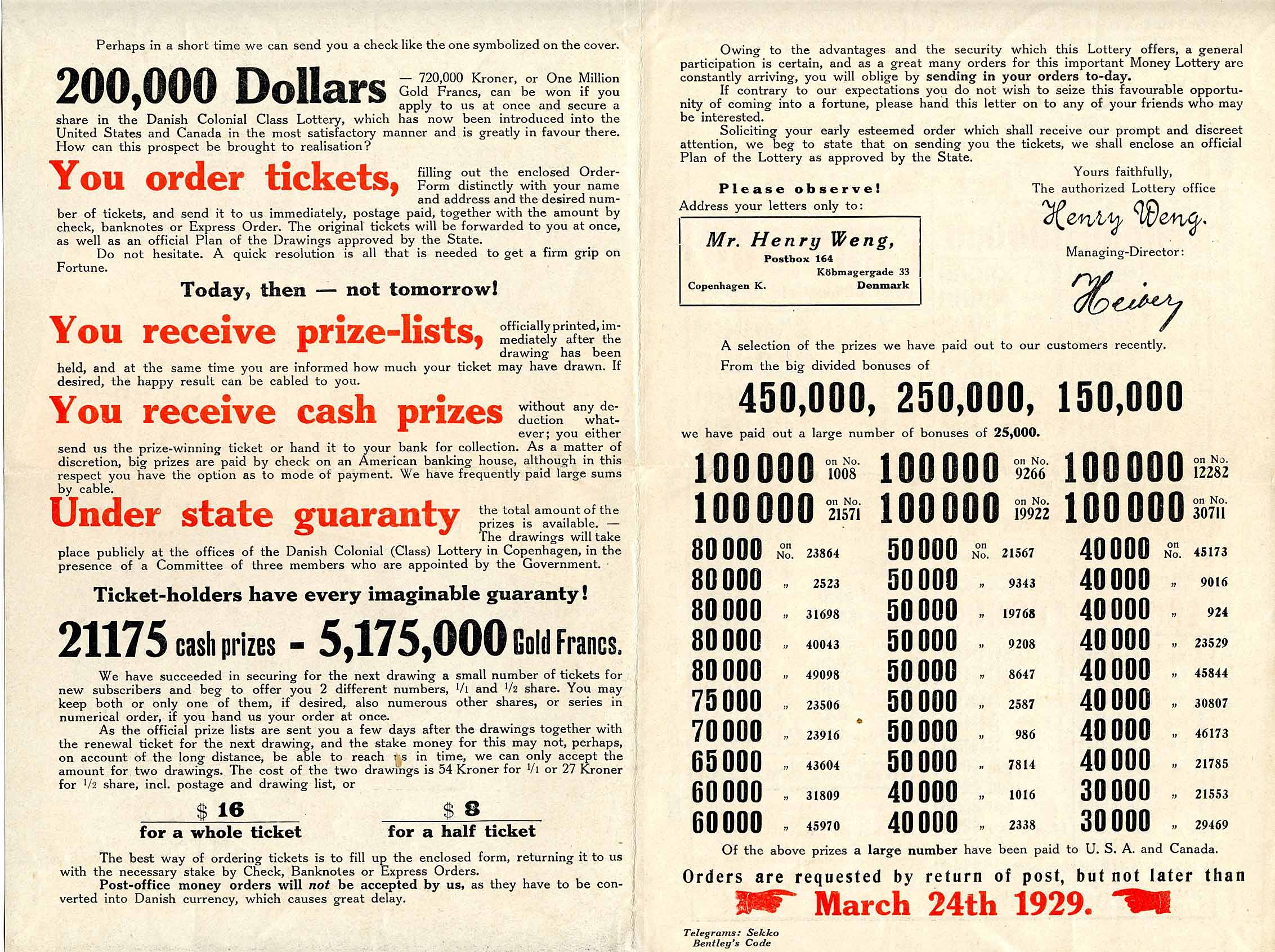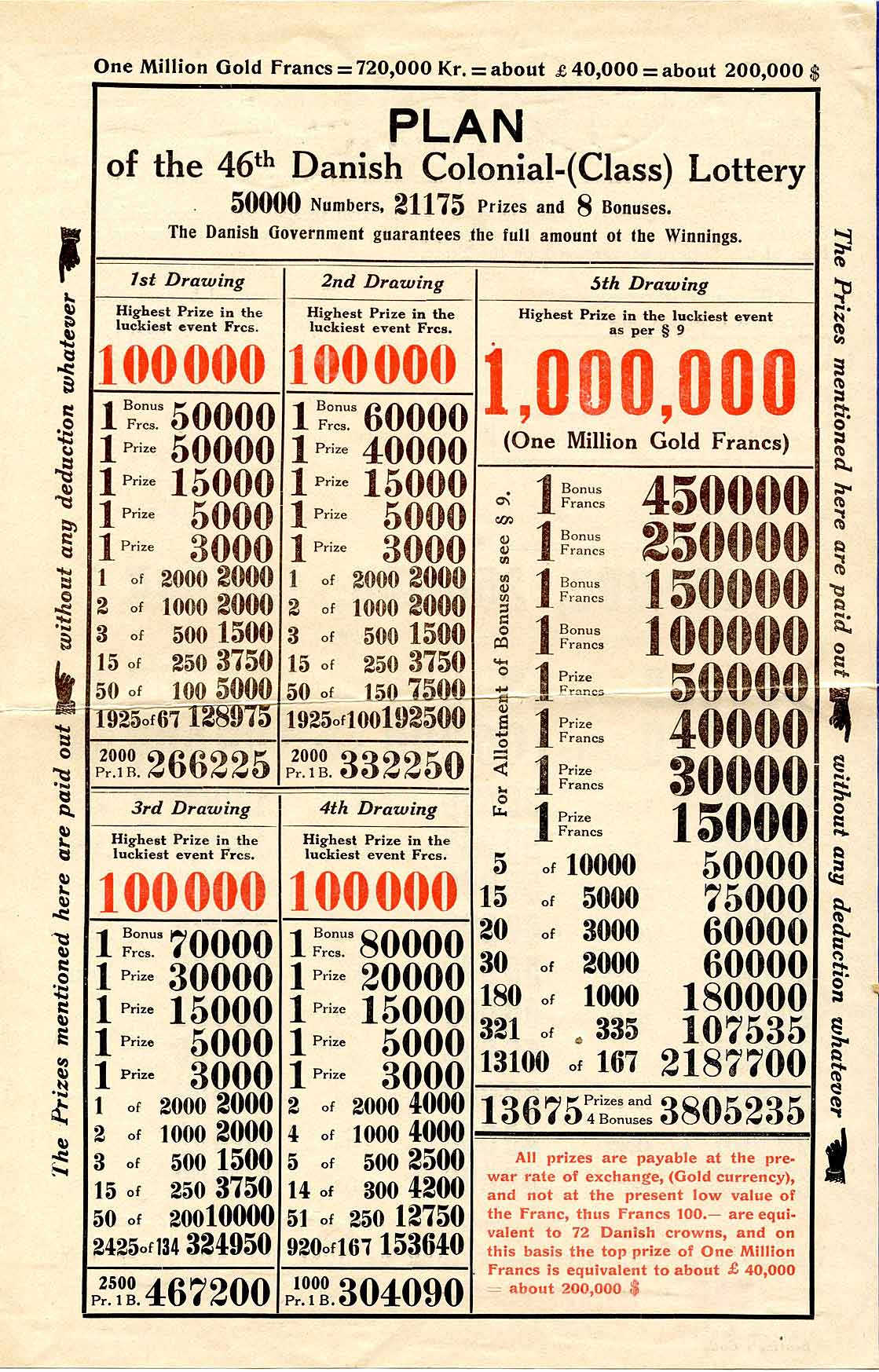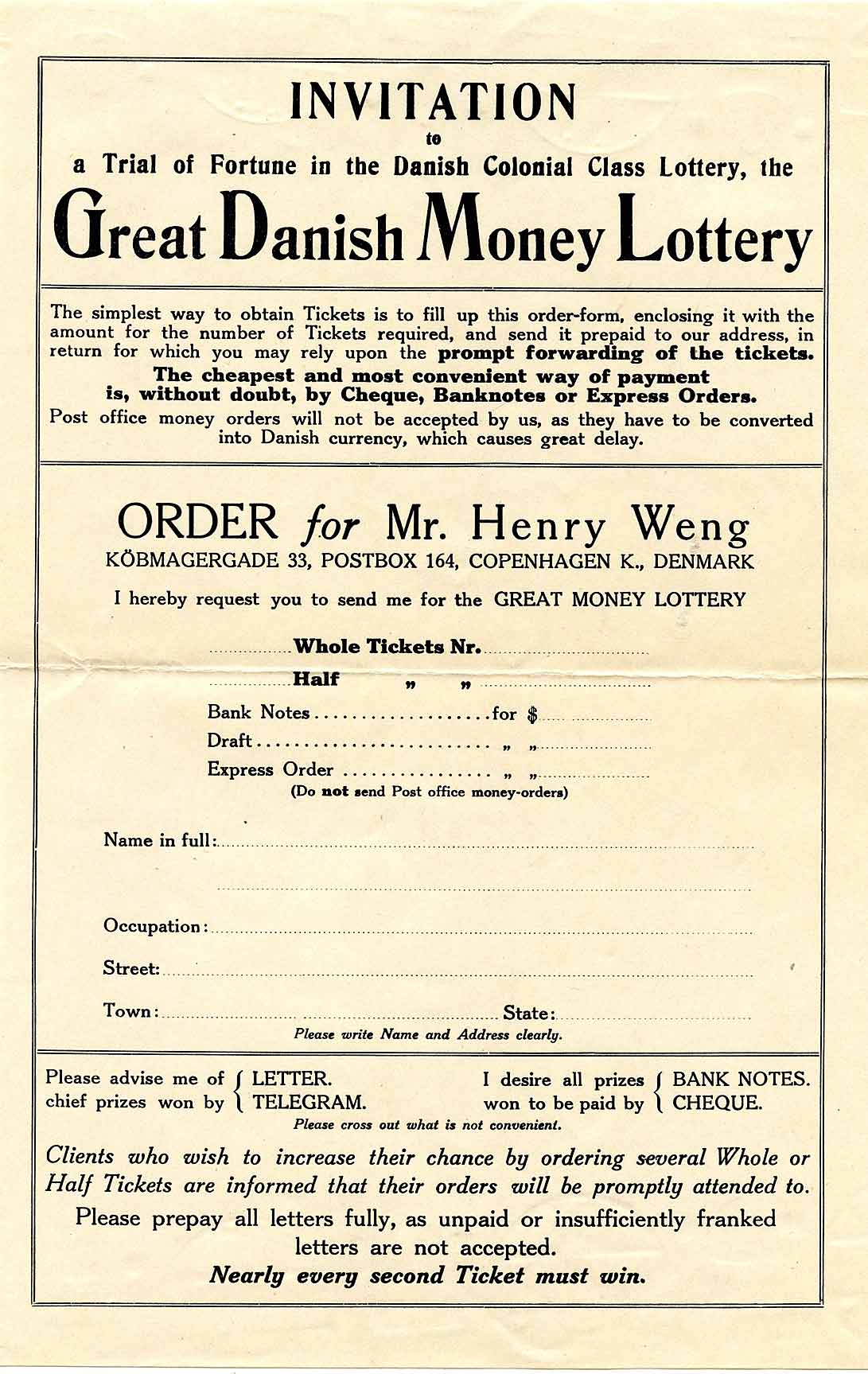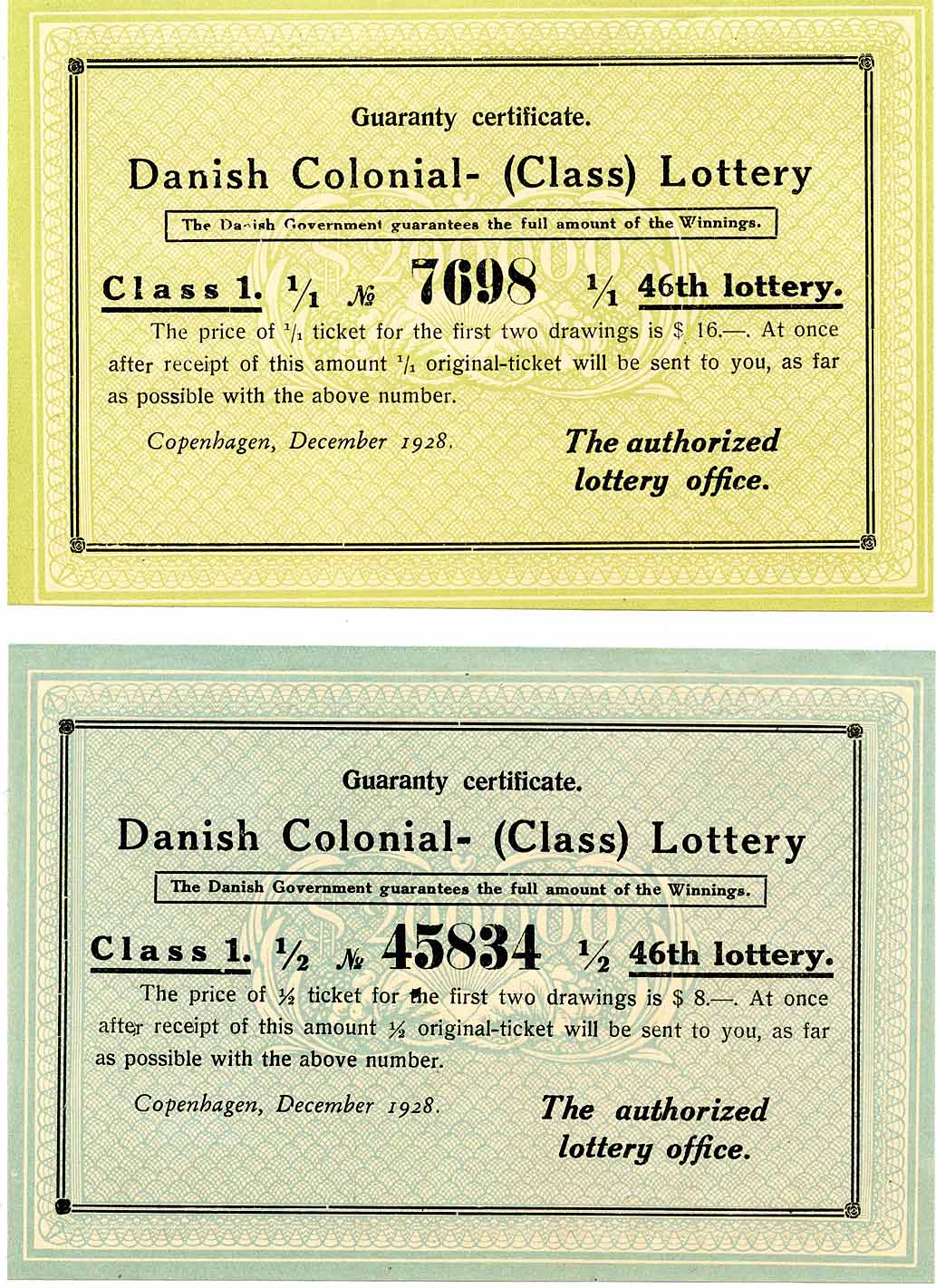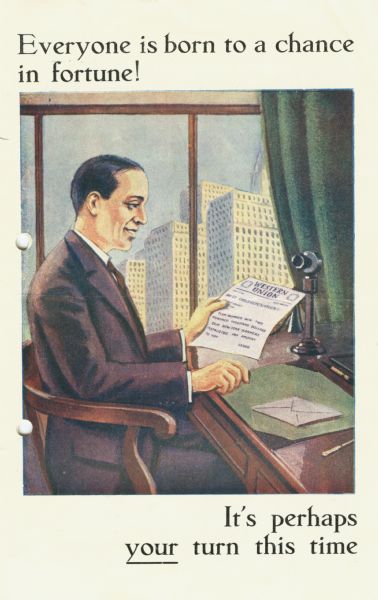|
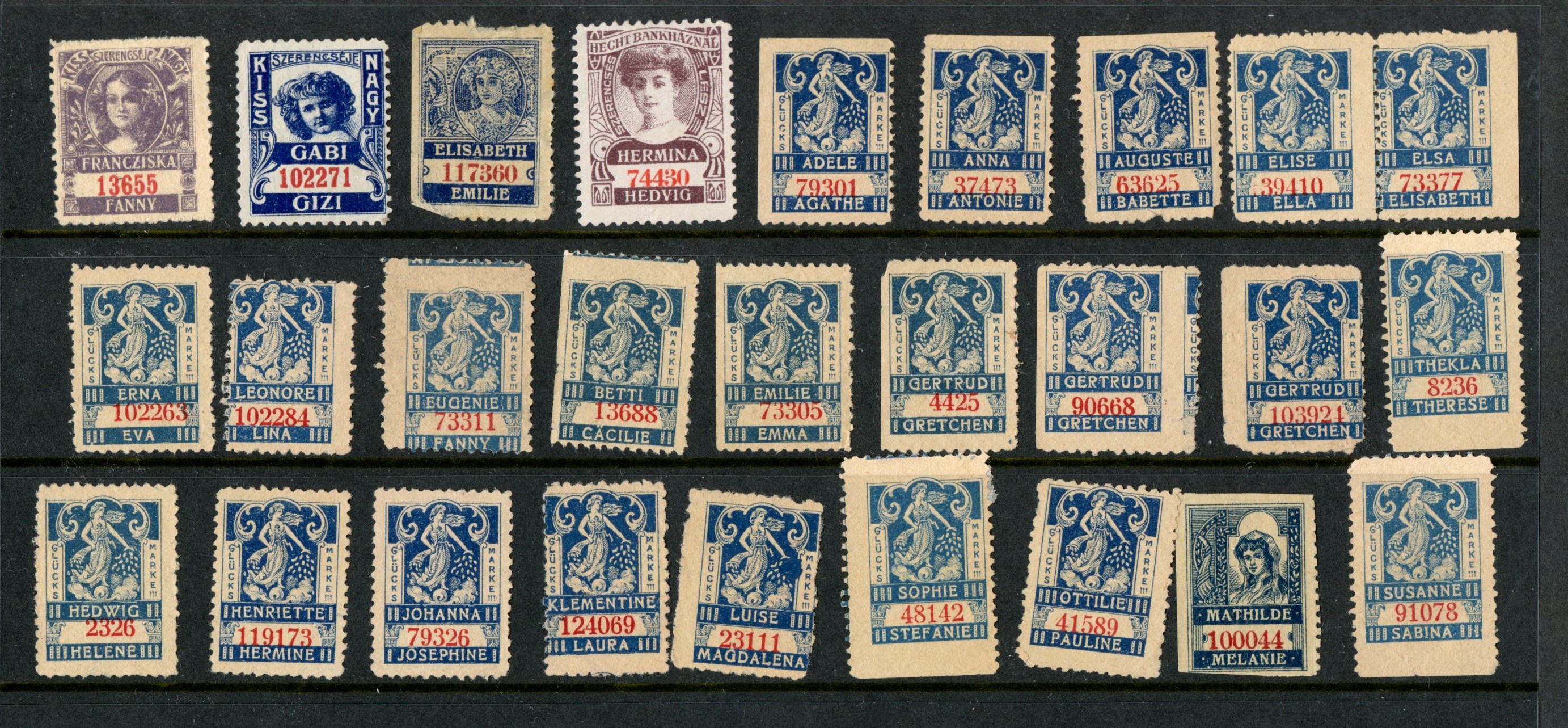
European lottery stamps circa 1910
I got started on the search that led me to create this web page when I found the
group of labels shown above in a forgotten album filled with miscellaneous,
mostly European labels/vignettes/Cinderellas/stickers/poster stamps that I was
getting ready to sell on eBay. I had no idea what these were, and a brief
search on the www told me little except that they probably dated from the early
1900's and might have something to do with lotteries. I found a few for sale on
eBay and delcampe, but those auctions had nothing to add to the story.
I wanted to know more.
I offered the group on eBay, and sold it in less than a day, to a regular
customer in Netherlands, who has become a friend, since we share a passion for
this sort of
material. I emailed him at once, hoping he could explain the origin and purpose
of these labels. He replied:
|
I bought these labels just to find out what they are really about. They are
called Good Luck stamps or lottery stamps, and were issued in at least Austria,
Hungary, Slovenia, and Holland.
There are several stories about their purpose and use:
- Some say the stamps were bought by firms and used to seal the flaps on their
covers.
I have a Dutch one used on cover for closure.
- The numbers might be used for some kind of lottery purpose.
- There is some evidence that they were sold to support orphans and homeless
children.
Large firms put their name on them to show they support kids in need.
- When you bought these stamps you could win a prize, so you would buy more.
There were two small articles in the Dutch National Stamp Magazine last year,
in which they were asking about them.
So I will keep buying more of these stamps and hoping to find out what they
were really for!
|
That adds a little to the story, but raises more questions as well.
I fired off inquries to several Cinderella stamp gurus I know, and they all
responded with some variation of "They are lottery stamps." But none of them
could add
anything substantive to that.
I started digging around in my image archive (I have been downloading images
that interested me for twenty years now, and have quite a few!) and found the
image on the left below (text in Dutch - note the "H" for Holland at bottom
right)! Ray Petersen supplied the one on the
right, with exactly the same faces, but different names(!), and with "Sw" for
Sweden at
bottom right. Ray observed that
those letters in the corners indicate to me that the sheets were (probably)
printed elsewhere, because the abbreviation for Holland, in Holland, would
probably be N. for Nederland; and the Sw. for Sweden would probably be Sv. for
Sverige.
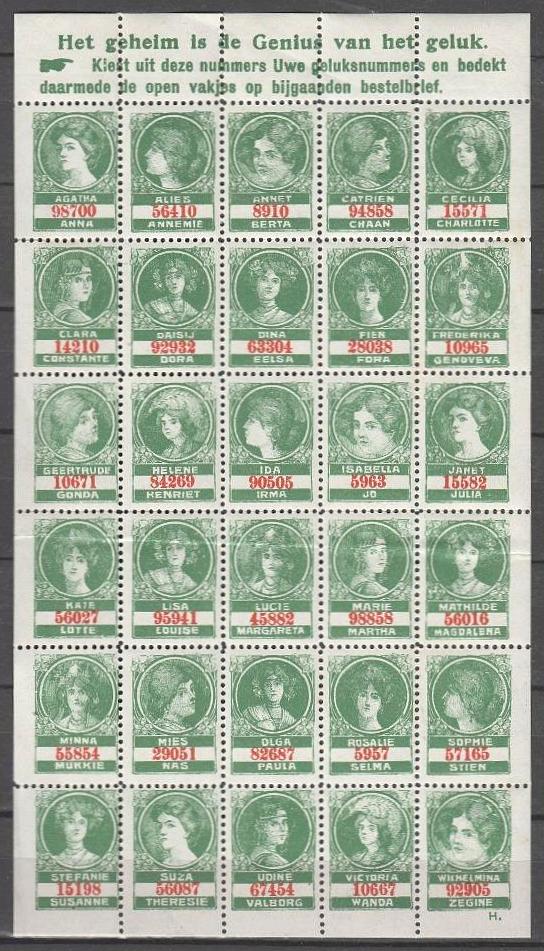
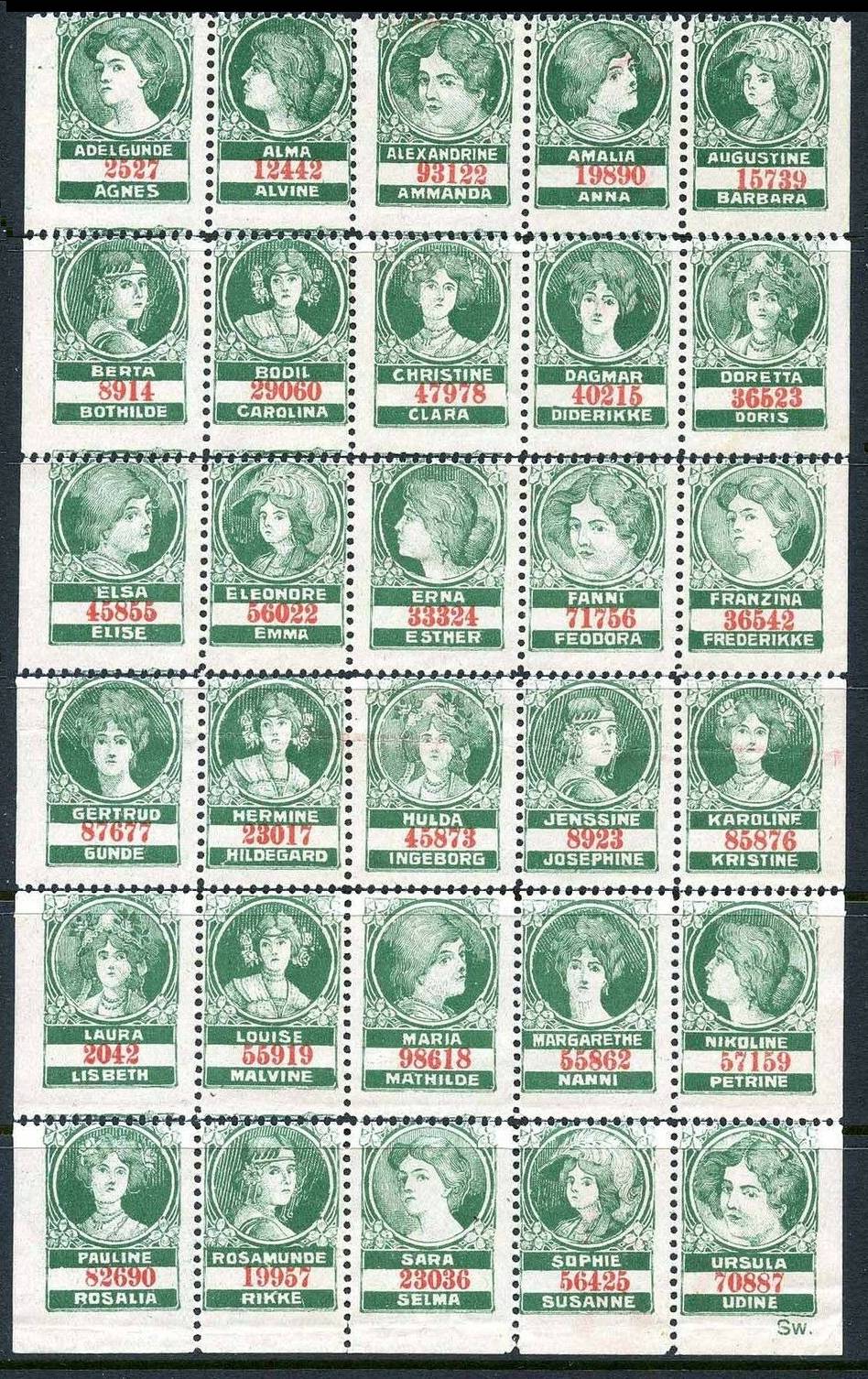
|
Het geheim is de Genius van het geluk.
Kiest uit deze nummers Uwe geluksnummers en bedekt
daarmede de open vakjes op bijgaanden bestelbrief.
|
The secret is the Genius of luck.
Choose from these numbers your lucky numbers and stick
them to the open spots on attached order letter
(Translation courtesy of Mark Hendrickx)
|
SO the stamps were indeed connected with some sort of lottery,
and there must have been some sort of entry form that came with them,
with space(s) to paste the stamp(s) with one's "winning" number(s).
I was able to trace back through my browser history and find out I copied that
image from the eBay store of
Mark Hendrickx, a Dutch collector and eBay seller, so I
emailed him to see if he knew their story. He did not.
Finally it occurred to me to ask
Ray Petersen, a long-time dealer, collector,
friend, and fount of paraphilatelic wisdom, and he was able to add the
following:
|
These are indeed stamps issued in conjunction with lotteries. They are known
as "lucky stamps". They are most commonly seen from Germany (Glücksmarke) but I
have also seen them from Hungary, Austria, Sweden and Denmark.
A few years ago I was lucky☺ enough to buy a lot from Denmark that had an
almost full sheet of some Danish "lucky stamps" (Lykke Mærke), along with a
folder about the related lottery, with instructions for their use.
The size of the folder when closed up is 4 1/2 x 5 3/8 inches, with panel 1 on
the front and panel 8 (blank) on the back.
CLICK HERE for a WORD file with Ray's translation
of all the text on the card and stamps above.
Note that one end of the foldout is
a detachable postcard with spaces
to paste the labels on one side,
and the lottery agency's address on the
other.
AND while there are still two girls' names on each stamp, the images are gone.
It occurred to me that it might be possible to date the item from that
postcard.
The postage required is 15 ore, and a quick search of auction sites yielded
Danish postcards with 15 ore postage
from as early as 1921 and as late as
1942, which is a pretty wide range.
I asked Ray if he could narrow
that down and he replied
15 øre was the domestic postcard rate from July 1, 1920 to April 1, 1926,
when
it dropped to 12 øre. It dropped further to 10 øre on January 1, 1927 and went
up to 15 øre again on July 1, 1940, where it remained until July 1, 1952.
To me, the piece does not look like it was from the 1940-1952 period,
but the 1920-1926 period seems more likely.
I agree, and to me that means all the stamps with children's faces must date
from
earlier than that - just based on the look of these stamps.
|
NOTE that the form that Ray had was from the official government lottery of
Denmark (still in existence), so this one was no fly-by-night operation.
BUT see below for more on that topic.
Ray also sent me the scans below of some of these stamps from various
countries.
There is a pretty good variety in the styles, but most have a similar
format,
with the image of a child's face and two names.
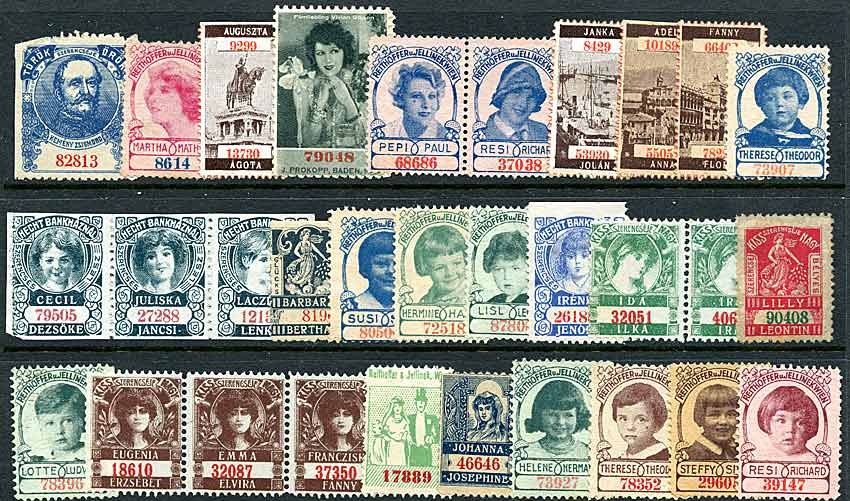
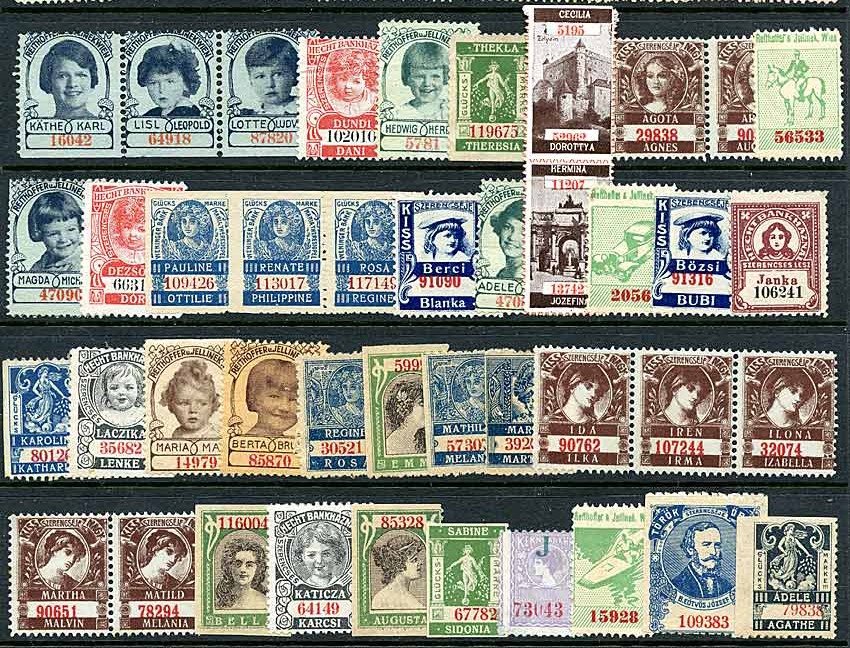
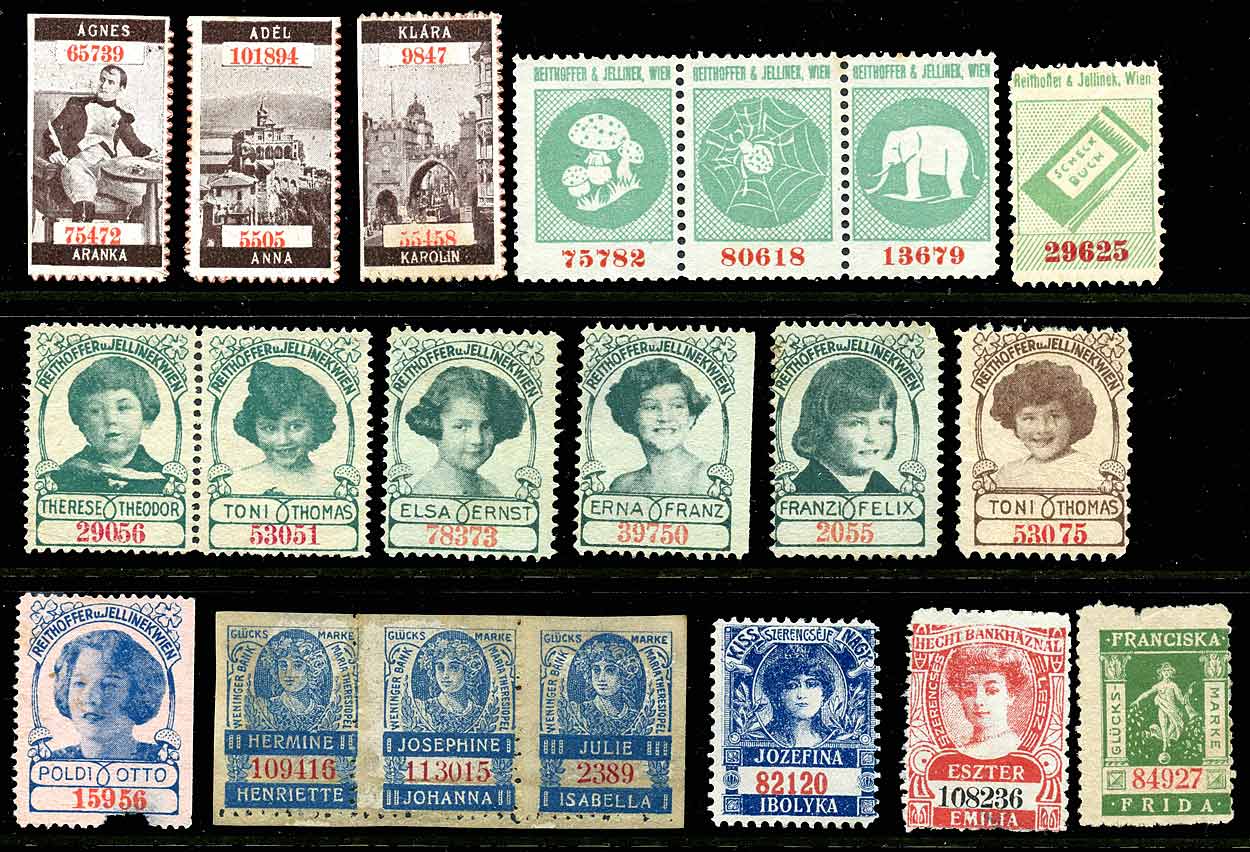
6/19/19 - eBay seller ucta33 listed the strip below, of stamps of this type
with the name of a private firm in Vienna, Bröder Beerman.
These do NOT say Glücks-Marke. They sold for $3.
Was this company running its own lottery?

Below are images of a cover with one of these stamps
on the back flap, and it is dated 1910, so that establishes
the year.
Images courtesy of Theo van der Caaij of Monster, Netherlands.
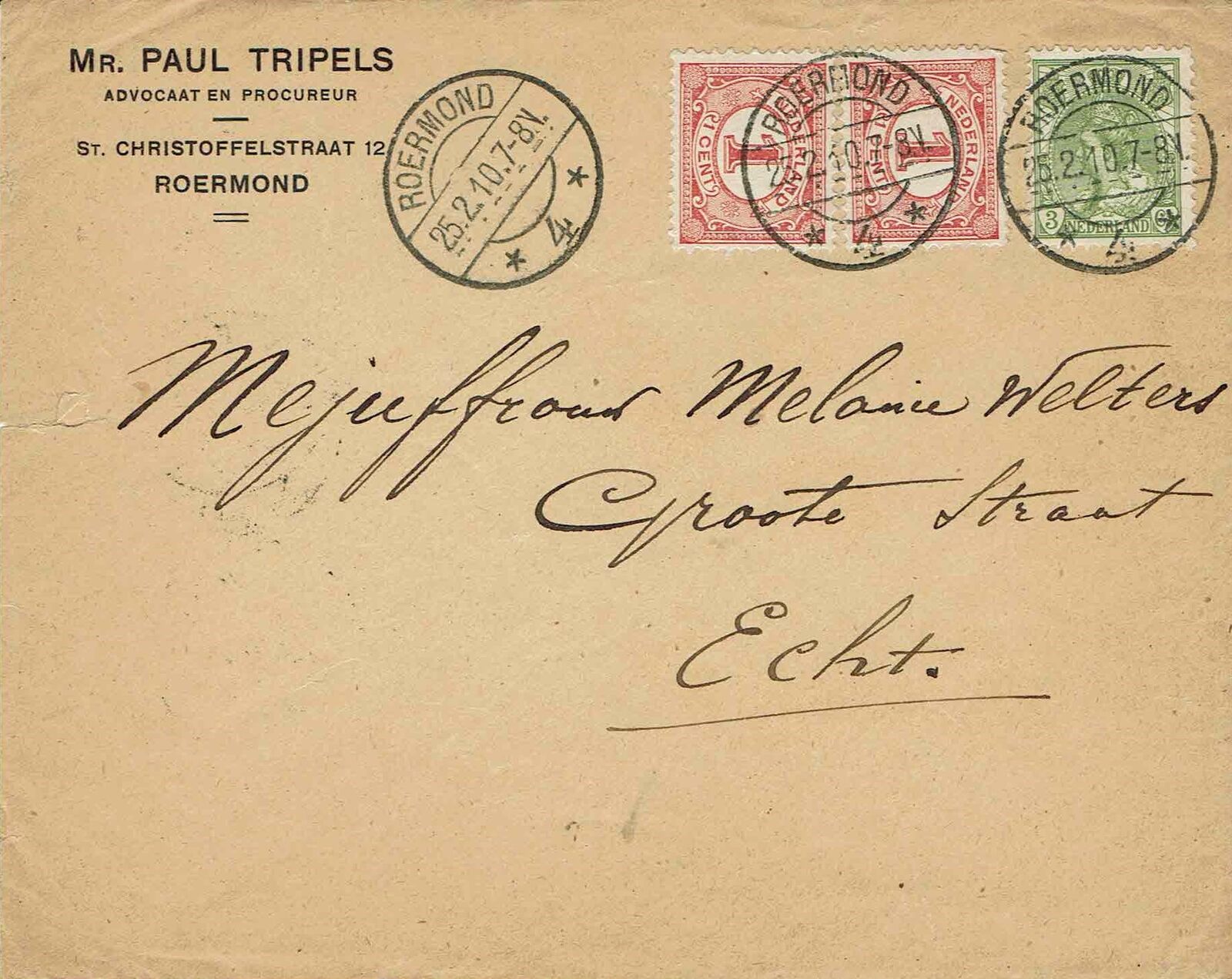
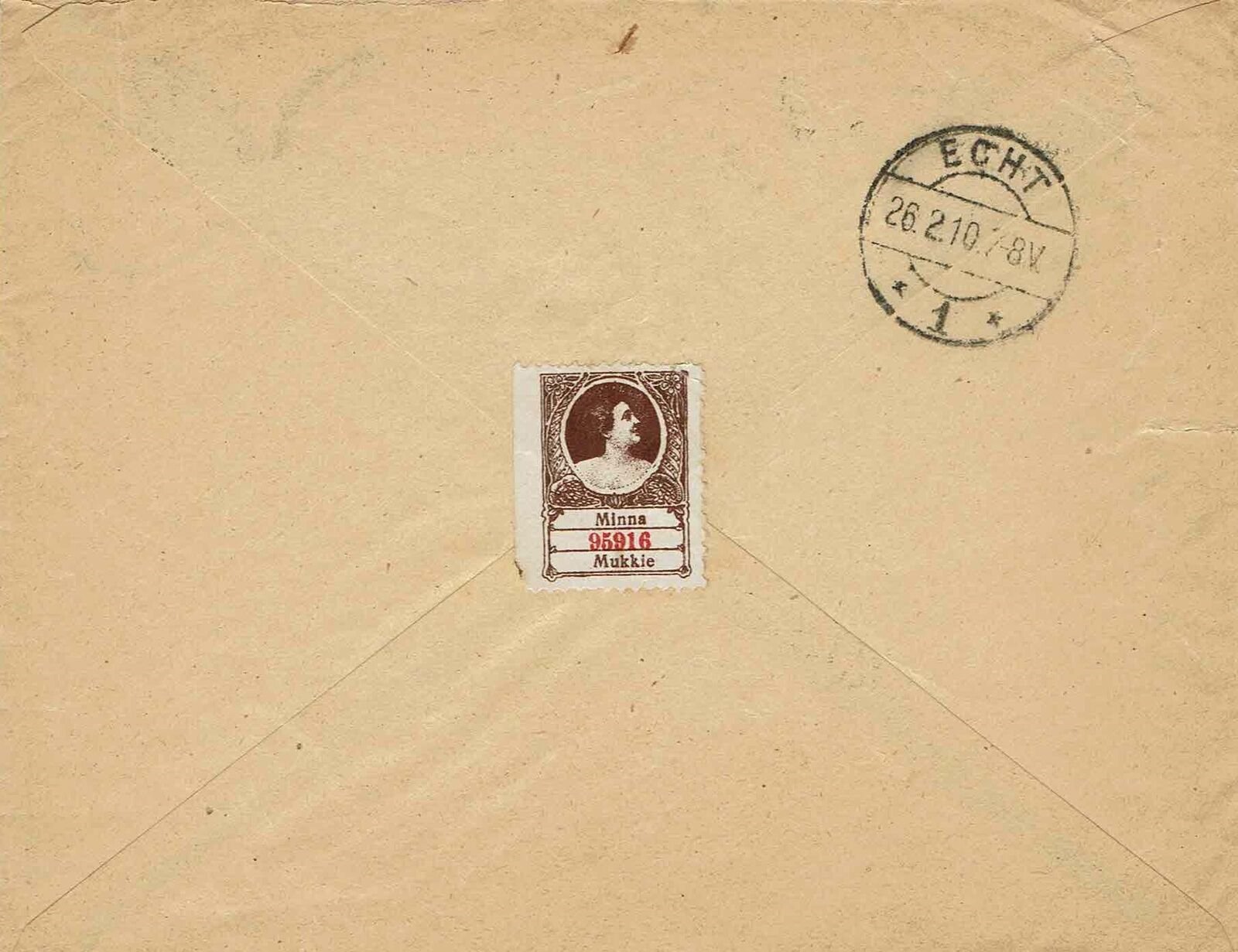
AND, just for fun, here is one of the labels used as "postage"
on a toy post office postcard, also from around 1910.
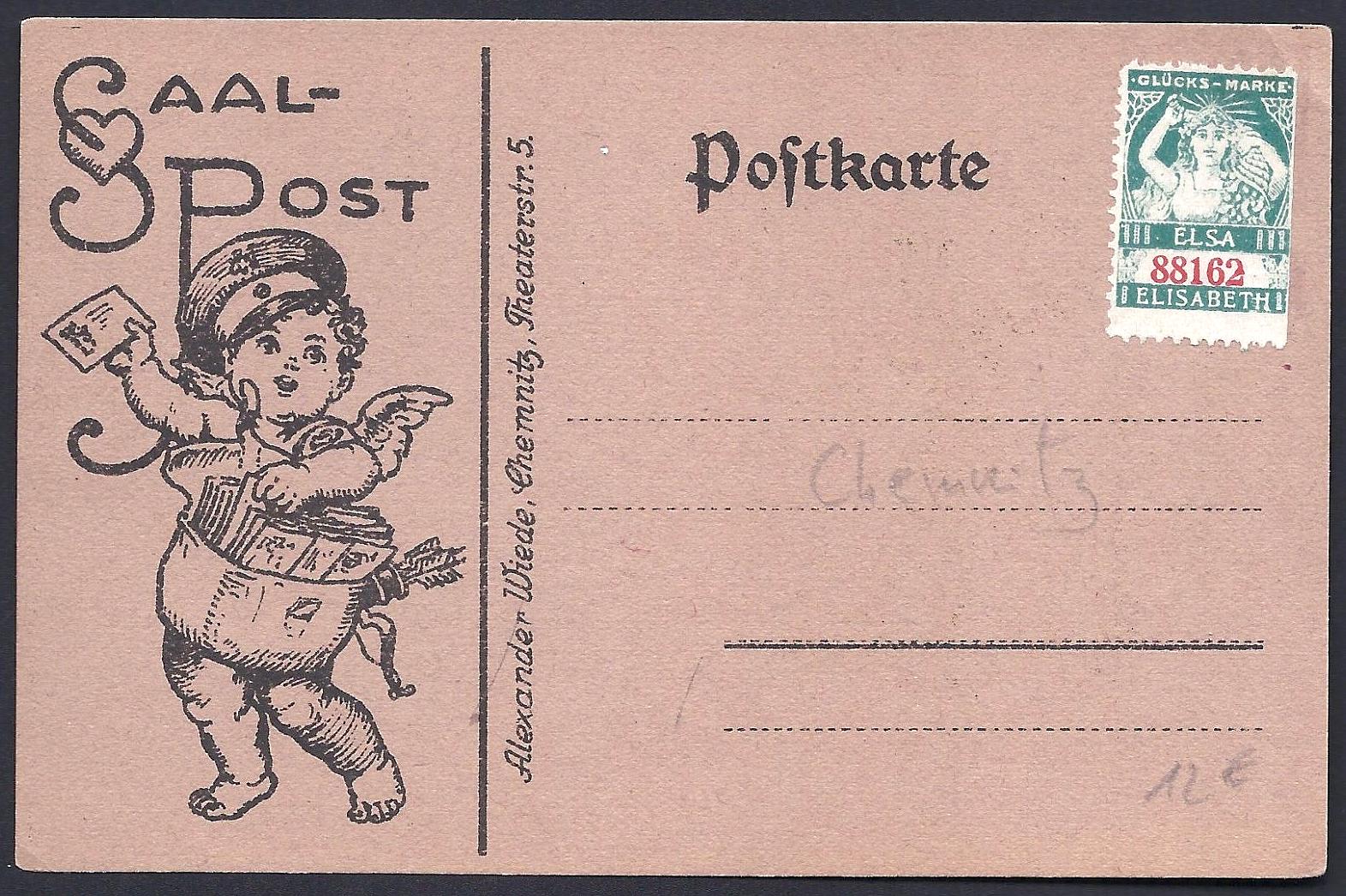
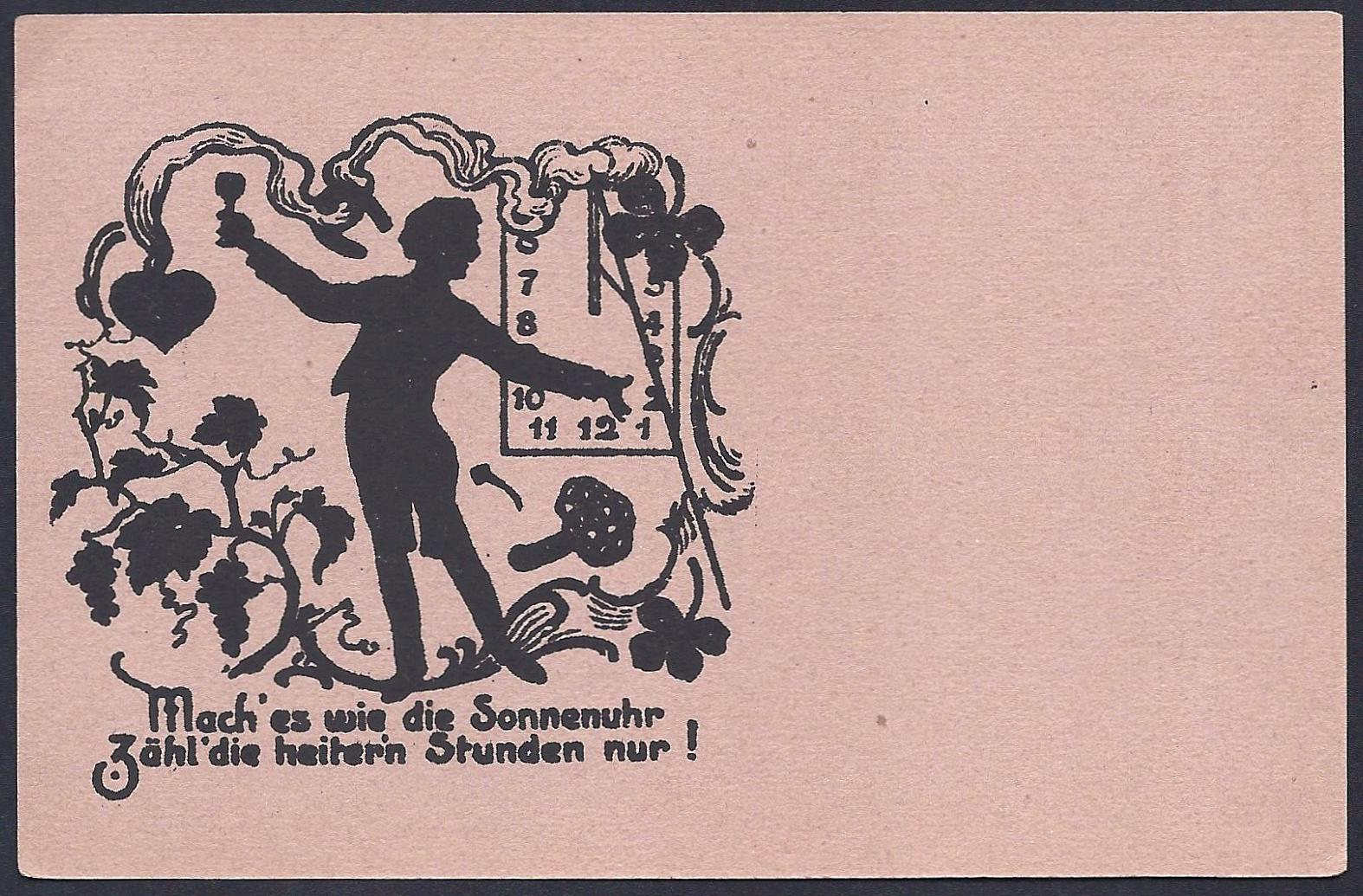
======================================================
1/21/19 - Today I received an email from Mark Hendrickx, with the following
revelations:
|
I got the following information from Arndt Ganse, a collector of German and
Austrian cinderellas.
These stamps were produced mostly in Austria and Hungary, but I think also
in other countries, at the beginning of the century. They were called
Glücksmarken (fortune stamps) and small sheets of these stamps were enclosed in
envelopes and mailed to people whose addresses were collected from sources
such as
newspaper subscriptions. They were issued by various of the early official
lottery
licensees, and even by small private bank houses, some of which were "black
sheep", which is why these mailings were prohibited some years later. Many
issuers continued to mail these stamps even after prohibition.
The following text is from a letter that came with one of those sheets in 1905
and describes how the stamps would have been used:
"Budapest, im März 1905. Sehr geehrter Herr! Sicher kennen Sie das Sprichwort
'Das Schicksal des Mannes ist die Frau'. Und wahr ist es! Glück und Schicksal
eines jeden Menschen werden von irgendeiner Frau bestimmt. Bestellen Sie daher
in Ihrem Interesse diejenige Losnummer, welche neben einem Ihnen lieben
Frauennamen auf einer der beiliegenden Glücksmarken verzeichnet ist. Dieses Los
wird Ihnen Glück bringen! Ihr Schicksal bindet Sie an dieses Los! Weisen Sie es
nicht ungeprüft von sich! Der Zufall spielt im Leben die größte Rolle, alles
verdanken wir dem Zufall. Reichen Sie Ihre Hand dem Glücke, welches durch unsere
Vermittlung an Ihre Tür gerade heute pocht! Hochachtungsvoll Philipp Winter,
Hauptdirektor der königl. ung. priv. Klassenlotterie."
TRANSLATION:
"Budapest, March 1905. Dear Sir, You certainly know the saying 'The fate of
man is woman' and it is true! Every man's happiness and destiny are determined
by some woman, so order in your own interest. This lot will bring you luck! Your
fate binds you to this lot! Do not leave it untried! Chance plays the
biggest role in life, it governs everything. Give your hand to fortune,
which is pounding through our mediation to your door just today! Respectfully,
Philipp Winter, principal director of the Royal Priv. Lot Class Lottery. "
|
So that supports a feeling I had about these labels, because of their crude look
and their ubiquity -
many of them are part of scams - like the Nigerian
Prince
emails we find in our email spam folders today.
1/23/2019 - Theo van der Caaij supplied the following:
|
Based on all the above, we can say these lottery labels were used in
(at least) these 6 countries: Netherlands, Denmark,
Austria, Czechoslovakia, Sweden and Hungary. Netherlands and Denmark
definitely used
them for a National lottery. In the other countries they may have been
National lotteries as well, and/or sponsored by private companies.
TRANSLATIONS OF THE TEXT from stamps shown on this page:
- "KISS NAGY SZERENCSÉJE" (Hungarian) means: "Big Kiss Luck"
- "KISS NAGY SZERENCSÉJE LESZ" (Hungarian) means "Will have Big Kiss Luck"
- "Hecht Bankháznal" (Hungarian) means "Hecht Bankhouse AL"
- "Glücks marke" (German) means "Good luck stamp"
- "Reithoffer und Jellinek,Wien" (German) means Lottery "supported(?)"
by Reithoffer (Tyres and rubber) and Jellinek (founder of Mercedes in Austria)
both situated in Vienna at that time (around 1910)
- "Arthur Jellinek ZNAIM" (Czech) means "Lawyer Arthur Jellinek Znojmo,
Czechoslovakia"
- "Jelinek spol, Bratislava" (Czech) means the Jelinek trading company
(car parts) in Czechoslovakia
- "Fortuna Bankovni Závod, Ostrava" (Czech) means "Fortune bank race",
which might mean something like "try to make your fortune at our lottery"
|
So all of the above fills In parts of the story, but leaves more to be
discovered.
FOR EXAMPLE:
- What were the dates of these lotteries?
- When were the lotteries banned?
- Were the lotteries in all of these countries government-run?
- Were they active in other coutries not listed above?
- How were the stamps distributed?
- Whom did the lotteries benefit?
- What were the dates they were in use?
- Why the children's faces?
- Why the children's names?
IF YOU CAN ANSWER THESE QUESTIONS, or provide any other information about these
labels, please Email the webmaster of this page - see link at bottom.
================================================
REMNANTS: Below are some random notes about these stamps from online
auctions and
emails sent to me. I hope they will add a little seasoning to the mix.
Austria & Hungary - Lot of 73 "Glücks Marke" Good Luck Stamps --
Glücks-Marke - Luck Stamps - Szerencse Bélyeg
Lot of 73 stamps with control numbers, often depicting a woman's or child's
portrait, sometimes with two names on them. These cinderellas are seen
frequently, but not a lot is know about them. They are sometimes referred to as
"lottery stamps". These all seem to be from either Austria or Hungary, and some
have a business name also on them (Reithoffer u. Jellinek, Vienna; Hecht Bank;
Weninger Bank) Approximate Image Size: 18 x 25 mm.
|
02/19/2022 - a full sheet with Danish text:
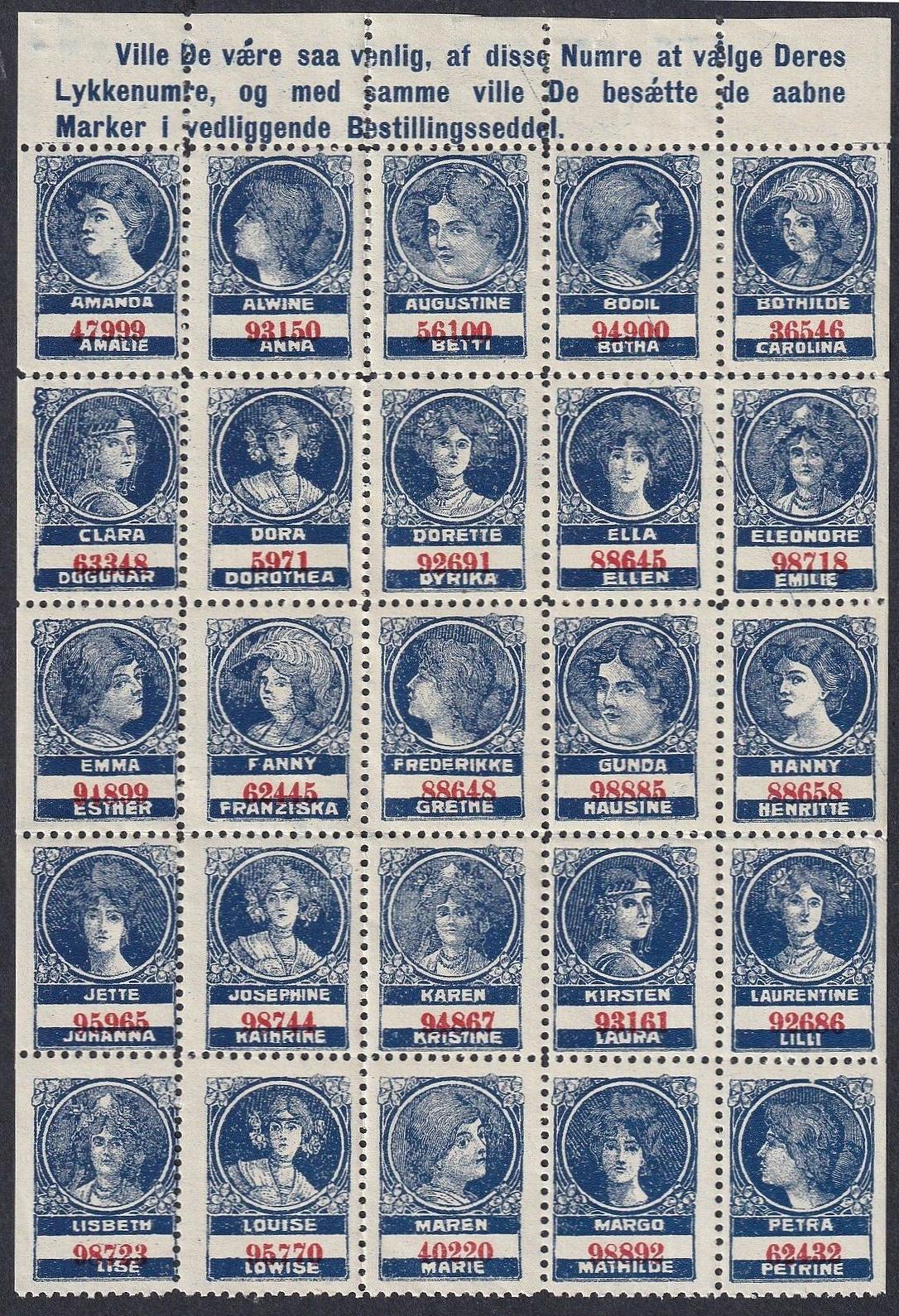
Ville de være saa venlig, af disse Numre at vælge Deres Lykkenumbre,
og med samme ville De besætte de aabne Mærker i vedliggende Bestilingsseddel
Would you be so kind as to choose from these numbers your lucky numbers,
and at once you would occupy the open fields in the attached order form
(Note from 8/1/2025) While inspecting this page for needed repairs I discovered that this is, in fact, a partial sheet. The bottom row of stamps is missing.
This style of stamp was printed in sheets of 30 (5x6) and the stamp in position #30 on the sheet would typically have an indication of the target country for the sheet.
IF YOU CAN PROVIDE IMAGES OR INFORMATION TO ADD TO THIS SAGA, PLEASE
Email the webmaster OF THIS PAGE, USING THE LINK BELOW.
|






